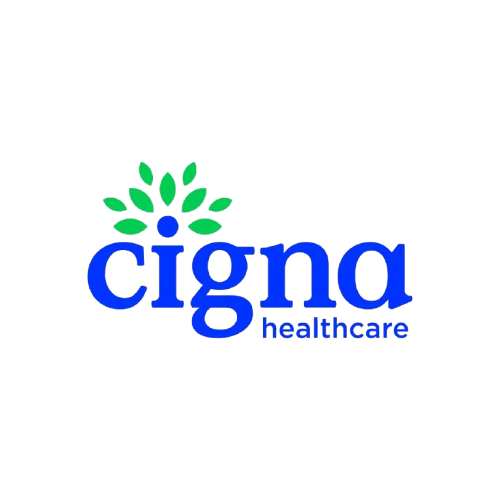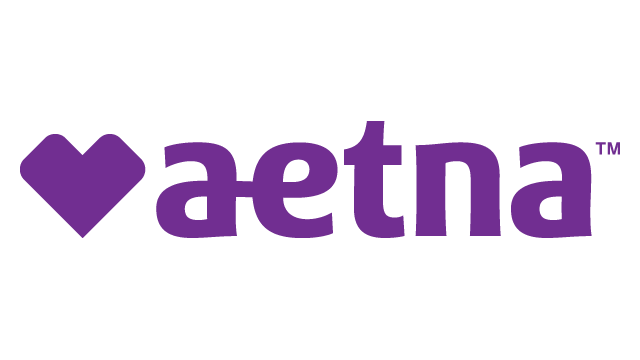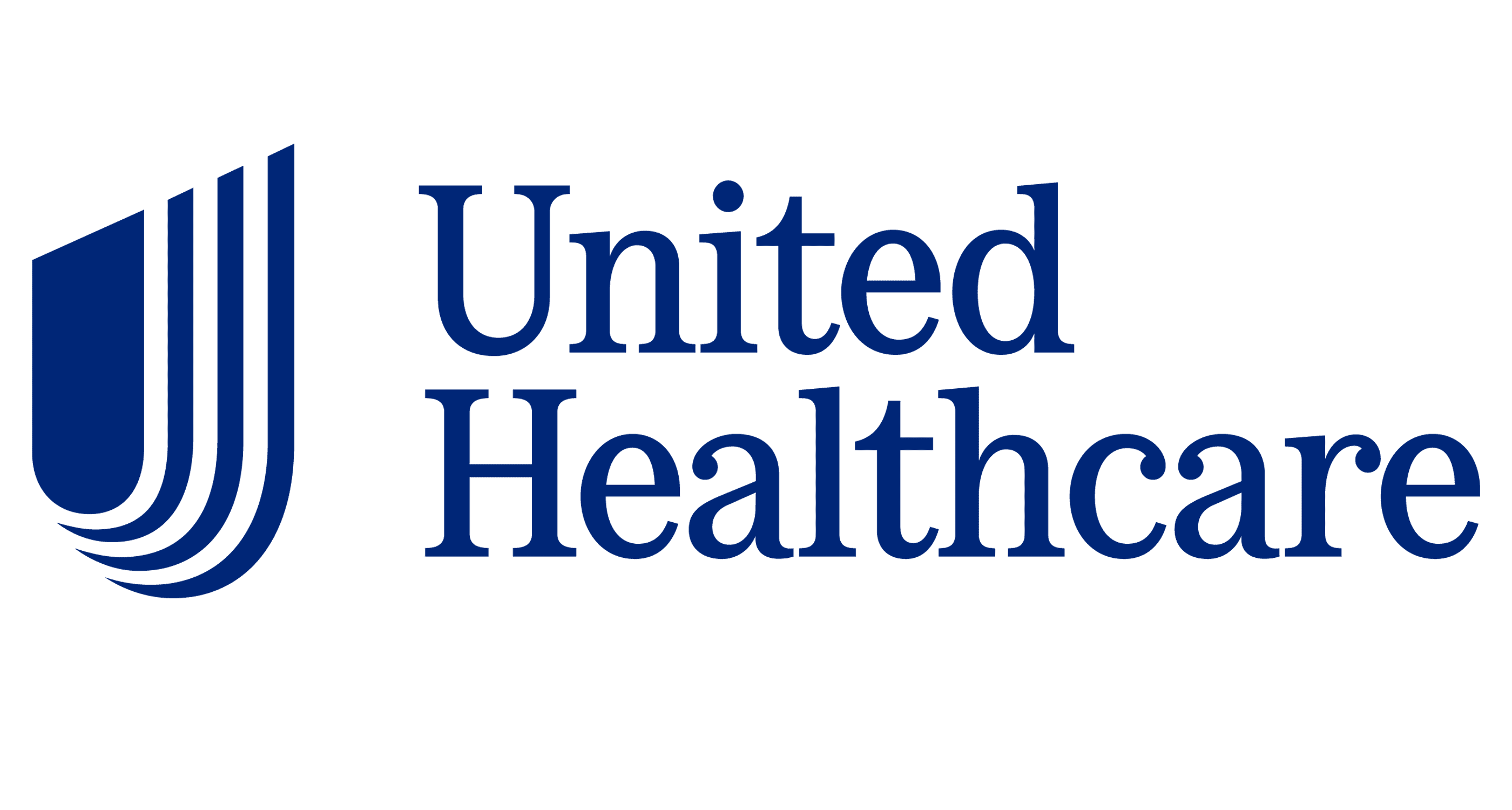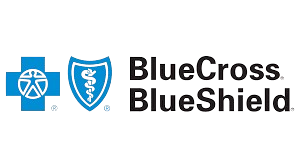
Cigna Behavioral Health
Last Updated: December 2025
Cigna's Behavioral Health fee schedules provides essential insights for behavioral health providers looking to optimize billing, streamline claims, and maximize reimbursement. Understanding these rates allows you to click-to-compare, negotiate better contracts, and ensure your practice remains financially sustainable.
Introduction
The Affordable Care Act (ACA) expanded upon the Mental Health Parity and Addiction Equity Act to strengthen behavioral health parity requirements. These parity rules are designed to ensure that mental health and substance use disorder benefits are covered at levels comparable to medical/surgical benefits. As a result, health plans are required to cover services related to Mental and Behavioral Health and Addiction Treatment.
Most services are categorized into different levels of care, as defined by The American Society for Addiction Medicine and are billed to insurance using a combination of HCPCS and Revenue Codes.
ASAM Levels with Billing Codes and Descriptions
Level 1.0 - Outpatient Services
Consists of treatment for substance use that is less than 9 hours a week. Level 1 is appropriate for people with less severe disorders, or as a step-down from more intensive services.
| Billing Code | Description | Revenue Code | Description | Avg. National Cigna Rate |
|---|---|---|---|---|
| H0001 | 0919 | Other behavioral health treatments | Click to see more | |
| H0002 | 0919 | Other behavioral health treatments | Click to see more | |
| H0004 | 0914 | Individual therapy | Click to see more | |
| H0005 | 0915 | Group therapy | Click to see more |
Level 2.1 - Intensive Outpatient Program (IOP)
Intensive outpatient services consisting of at least 9 and no more than 20 hours per week of treatment. These programs typically offer medical care 24 hours a day by phone or within 72 hours in person.
| Billing Code | Description | Revenue Code | Description | Avg. National Cigna Rate |
|---|---|---|---|---|
| H0015 | 0906 | Intensive outpatient services - chemical dependency | Click to see more | |
| H2012 | 0906 | Intensive outpatient services - chemical dependency | Click to see more | |
| S9480 | 0905 | Intensive outpatient services - psychiatric | Click to see more |
Level 2.5 - Partial Hospitalization Program (PHP)
Partial hospitalization provides at least 20 hours a week but is less than 24-hour care. This level of care provides structure, and daily oversight for people who need daily monitoring, but not 24/7 care.
| Billing Code | Description | Revenue Code | Description | Avg. National Cigna Rate |
|---|---|---|---|---|
| H0035 | 0912 | Partial hospitalization - less intensive | Click to see more | |
| S0201 | 0913 | Partial hospitalization - intensive | Click to see more |
Level 3.1 - Clinically Managed Low-Intensity Residential Treatment
Residential services at this level consist of a setting, such as a group home, where people live. However, treatment is only required to be 5 hours per week, which helps people with such topics as relapse management.
| Billing Code | Description | Revenue Code | Description | Avg. National Cigna Rate |
|---|---|---|---|---|
| H0018 | 1002 | Residential treatment - chemical dependency | Click to see more | |
| H0019 | 1002 | Residential treatment - chemical dependency | Click to see more | |
| H2034 | 1002 | Residential treatment - chemical dependency | Click to see more |
Level 3.3/3.5 - Clinically Managed Residential Services
Clinically managed high-intensity and population-specific services. These programs are targeted for providing treatment designed to move at a slower pace, for people with cognitive functioning issues, including people with traumatic brain injuries, the elderly, or people with developmental disabilities.
| Billing Code | Description | Revenue Code | Description | Avg. National Cigna Rate |
|---|---|---|---|---|
| H0010 | 1002 | Residential treatment - chemical dependency | Click to see more | |
| H0011 | 1002 | Residential treatment - chemical dependency | Click to see more | |
| H0047 | 1002 | Residential treatment - chemical dependency | Click to see more |
Level 3.7 - Medically Monitored High-Intensity Inpatient Treatment
These services are for people who need intensive medical or psychological monitoring in a 24-hour setting but do not need daily physician interaction.
| Billing Code | Description | Revenue Code | Description | Avg. National Cigna Rate |
|---|---|---|---|---|
| H2036 | 0944 | Drug rehabilitation | Click to see more | |
| S9976 | 1002 | Residential treatment - chemical dependency | Click to see more |
Level 4.0 - Medically Managed Intensive Inpatient Services
Provides 24-hour nursing care and daily physician visits. People in this level of care need daily physician monitoring, along with 24-hour oversight.
| Billing Code | Description | Revenue Code | Description | Avg. National Cigna Rate |
|---|---|---|---|---|
| H0020 | 0944 | Drug rehabilitation | Click to see more | |
| H2037 | 0944 | Drug rehabilitation | Click to see more |
Other service categories
Case Management
Support services for coordinating care and treatment plans
| Billing Code | Description | Revenue Code | Description | Avg. National Cigna Rate |
|---|---|---|---|---|
| H0038 | 0919 | Other behavioral health treatments | Click to see more | |
| T1023 | 0919 | Other behavioral health treatments | Click to see more |
MAT (Medication-Assisted Treatment) Services
Medication-assisted treatment services for substance use disorders
| Billing Code | Description | Revenue Code | Description | Avg. National Cigna Rate |
|---|---|---|---|---|
| J0571 | 0636 | Drugs requiring detailed coding | Click to see more | |
| J0572 | 0636 | Drugs requiring detailed coding | Click to see more | |
| J0573 | 0636 | Drugs requiring detailed coding | Click to see more | |
| J0574 | 0636 | Drugs requiring detailed coding | Click to see more |
What is a fee schedule?
A fee schedule is a list of fixed prices that healthcare providers charge for specific services, including CPT 99214. These prices vary depending on payer type (Medicare, Medicaid, private insurance), geographic location, and provider contracts.
Understanding the 99214 fee schedule helps patients estimate costs and providers optimize billing for accurate reimbursements.
Factors that affect fee schedules
Medicare & Medicaid Rates
Government-set reimbursement amounts.
Private Insurance Rates
Negotiated rates between providers and insurance companies.
Geographic Location
Costs may be higher in urban areas.
Provider Type
Hospital providers may have different rates than private practice.
What is Price Transparency?
The federal Price Transparency Rule took effect in July 2022, requiring all commercial payers to publicly disclose their prices through machine-readable files (MRFs). This landmark regulation mandates that insurance companies make healthcare costs transparent to the public. Read more here.
PayerPrice gives you access to the actual prices that insurers are legally required to publish under the Price Transparency Rule. We deliver this data exactly as reported in the insurers' machine-readable files, giving you an accurate view of negotiated rates. While insurers occasionally report incomplete or inaccurate data, our platform ensures you see the same information that insurers have made publicly available.
Let's review your payer contracts side-by-side with the market.
Bring your top codes and we'll show you how you compare in 15 minutes or less.



